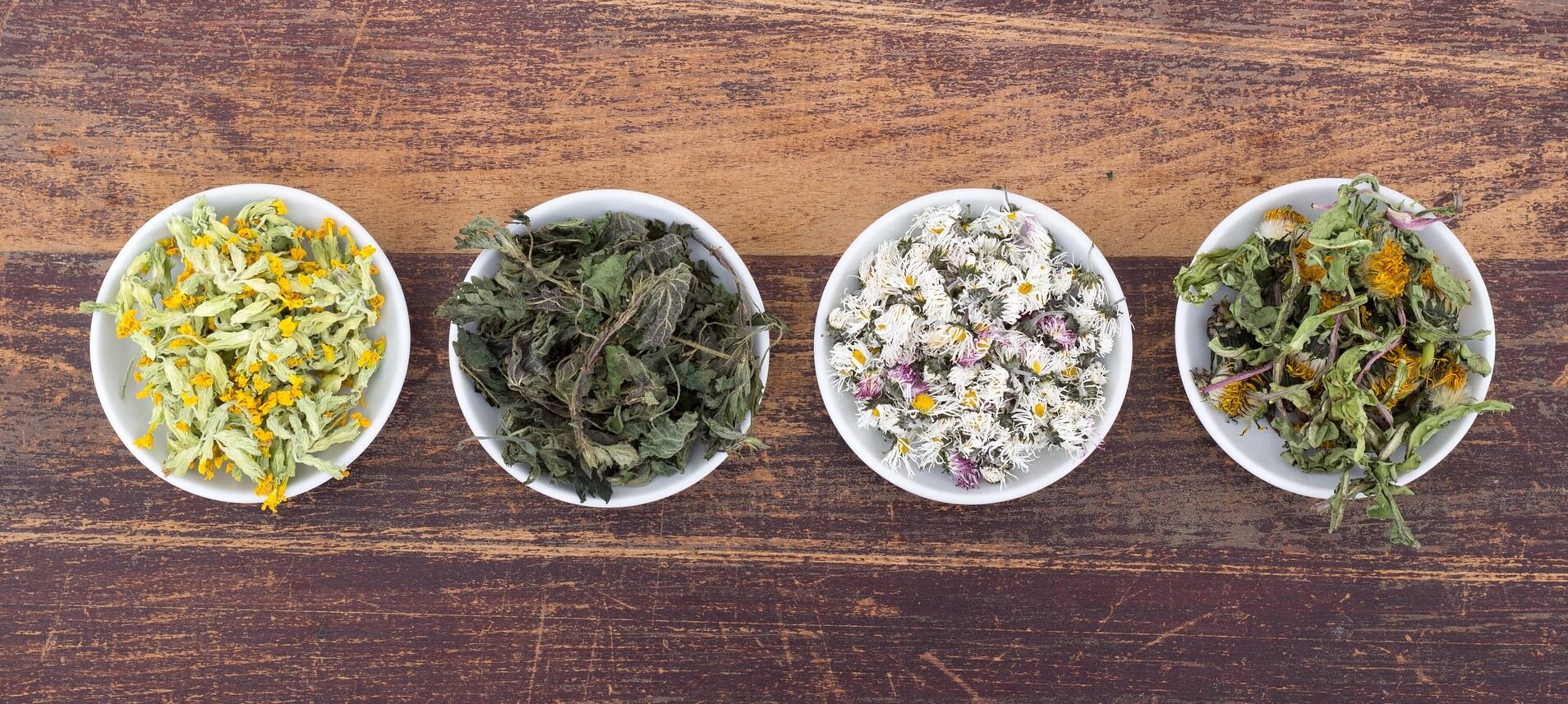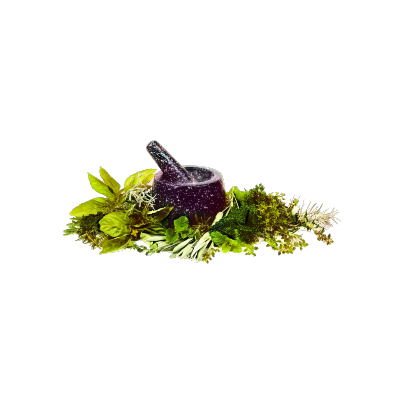
On the Maya Medicine Museum
An institution dedicated to celebrating and understanding Maya wisdom on medicine and healing.

The ancient civilization of the Maya was among the most sophisticated in human history. Extraordinary builders, mathematicians, astrologers, the Maya were healers, too. Many healing secrets are still buried in the jungle. Fortunately, a few have survived and reached our own time as a treasure that nourishes nature in all its diversity. Even in the 21st century, Maya knowledge of health continues to teach. And one institution celebrates that accumulated wisdom, the Museum of Maya Medicine, in San Cristóbal de las Casas, Chiapas.
The museum began as a local initiative. The primary objective was to disseminate knowledge of indigenous Maya medicine to all social spheres, both in Chiapas and in the rest of Mexico. It’s a living institution which, in a didactic and artisanal way, transports visitors through the complex universe of traditional Maya medicine. The use of herbalism, prayers, and accompanying rituals, and the ancestral healing methods of the original peoples of the region are all explored.
The space is also remarkable in that it challenges traditional museography. Each room contains a series of statues collected during anthropological expeditions to Maya villages. These works are close to the uses and customs of their respective communities. The museum also transcends its own mandate and works as a kind of consultancy where healers and patients together seek relief from common ailments.
A saying written on one of the walls announces that the Museum of Maya Medicine is a way of respecting centuries of tradition: “Over hundreds of years, the Tzotzil Maya Indians have created a medicine appropriate to our way of living and thinking.”
A Tour of the Museum
The first exhibition hall introduces the Maya medicine of the highlands of Chiapas. The most representative types of indigenous care givers are presented: the healer, the midwife, (who tends to “all women’s illnesses”), the praying man of the hills (who prays to the spirits of the Earth in each of the cardinal directions), the herbalist (who collects and uses healing plants) and the bonesetter (who treats diseases related to the skeletal system). Each one fulfills an important social function related to health and death.
A second exhibition hall presents a replica of the Church of San Juan Chamula. The space is intended to depict the manner in which the iloles, shamans, on behalf of the sick, implore of the saints who alone can save their patients. Each sacred figure in the space was blessed prior to arriving here according to the traditions of the regional healers.
The remainder of a tour is devoted to the traditional rites of the Maya culture. One enters, for example, a typical home to see how a midwife distributes the members of the family prior to a birth. One can appreciate the important work of those who pray in the hills, serving as intermediaries between the sick and the gods. There’s also a recreation of a typical candle room. The exhibition explains the importance of this aspect of the healing process as well as the rustic (and beautiful) process of its elaboration. In Maya thought, each candle’s healing properties vary depending on their color and size.
The museum also revives the tradition of the pílico, a combination of wild tobacco, garlic, and lime. The combination protects the weak and those facing new directions in life.
Community Medicine
Since its founding, the Maya Medicine Museum has allowed visitors into a space where decision making is handled by the community. Patients are treated using traditional therapeutic resources: incense, soda, prayers, the crucifix, and of course, a long legacy of herbal medicine that’s been passed down from generation to generation for centuries in the Maya world.
Beyond the exhibition halls, the museum also protects a 1,500-square-meter garden of all kinds of medicinal and endemic plants. Workshops take place here so that more and more people in the community bear the knowledge and can provide solutions to the most common diseases. Those interested learn to create their own medicinal gardens and community pharmacies, to practice herbalism, process plants, and to sell these and other regional products.
Maya Healers
The Maya see medicine as a fundamental part of the cosmogony. Healers are important intermediaries between humankind and the gods. They’re spiritual guides with a gift for knowing plants, animals, and minerals, and they ask the divinities for forgiveness so that punishments may be less severe.
Maya thought includes observations of natural signs governing the cosmos. Rituals are performed to decipher signs sent by the deities, and to interpret illness as omission or punishment. Since classical times, each community has a healer who was selected by the gods themselves. The divinities selected these chosen ones based on dreams, survival from lightning strikes, and based on precious stones.
***
La Vaca Independiente celebrates initiatives like the Maya Medicine Museum which, among other things, contributes to the preservation and expansion of Maya culture and the integration of ancestral knowledge into our daily lives. It’s one of the essential goals of the Baktún Initiative. Since 2012, the project has worked alongside multiple organizations to fortify a vibrant, living Maya culture and its cultural heritage to the world.
